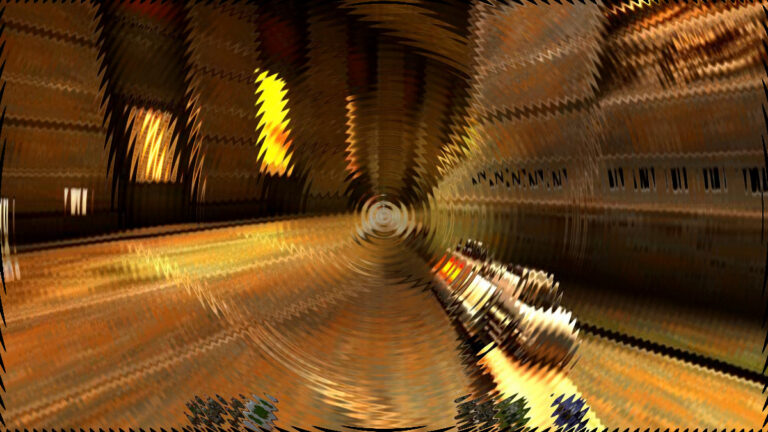Jessica Hodgson, a graduate student at the University of Leicester, was poring over a medieval manuscript in the Bodleian Libraries' collection at the University of Oxford when she spotted a faint etched inscription on one of the pages. It seemed to spell out the name "Eadburg," but the etching was too faint for full confirmation. So Hodgson turned to John Barrett, technical leader for a recent project at the Bodleian called ARCHiOx (Analyzing and Recording Cultural Heritage in Oxford), for help.
Thanks to the project's prototype photometric stereo recording and 3D scanning systems, Barrett confirmed Hodgson's discovery. The analysis also revealed multiple other etchings of the name "Eadburg" (in both full and abbreviated forms), along with several etched doodles in the margins. Who was Eadburg? Hodgson believes she was a highly educated woman of high status—possibly a female scribe or an abbess—who lived sometime in the early medieval period (between 700 and 750 CE). This latest discovery bolsters a 1935 discovery of the letters "EADB" and "+E+" in the lower margin of another page in the same manuscript, both believed to be abbreviated forms of "Eadburh/Eadburg."
The ARCHiOx Project
The ARCHiOx Project is a partnership between the Bodleian Libraries and the Factum Foundation, set up by Adam Lowe, an artist who trained at Oxford in the 1990s. In 2001, Lowe moved to Madrid to set up what he described to Ars as "a multidisciplinary workshop that's really a playground for artists, where we build bridges between new technologies and traditional skills." By 2009, there was so much interest from various historical projects regarding the group's technologies that Lowe established the Factum Foundation for digital technology and preservation. Today it serves as a research hub for high-resolution, three-dimensional recording of the surfaces of objects housed in museums and institutions around the world—including tombs, paintings, and books and manuscripts like those housed at the Bodleian.
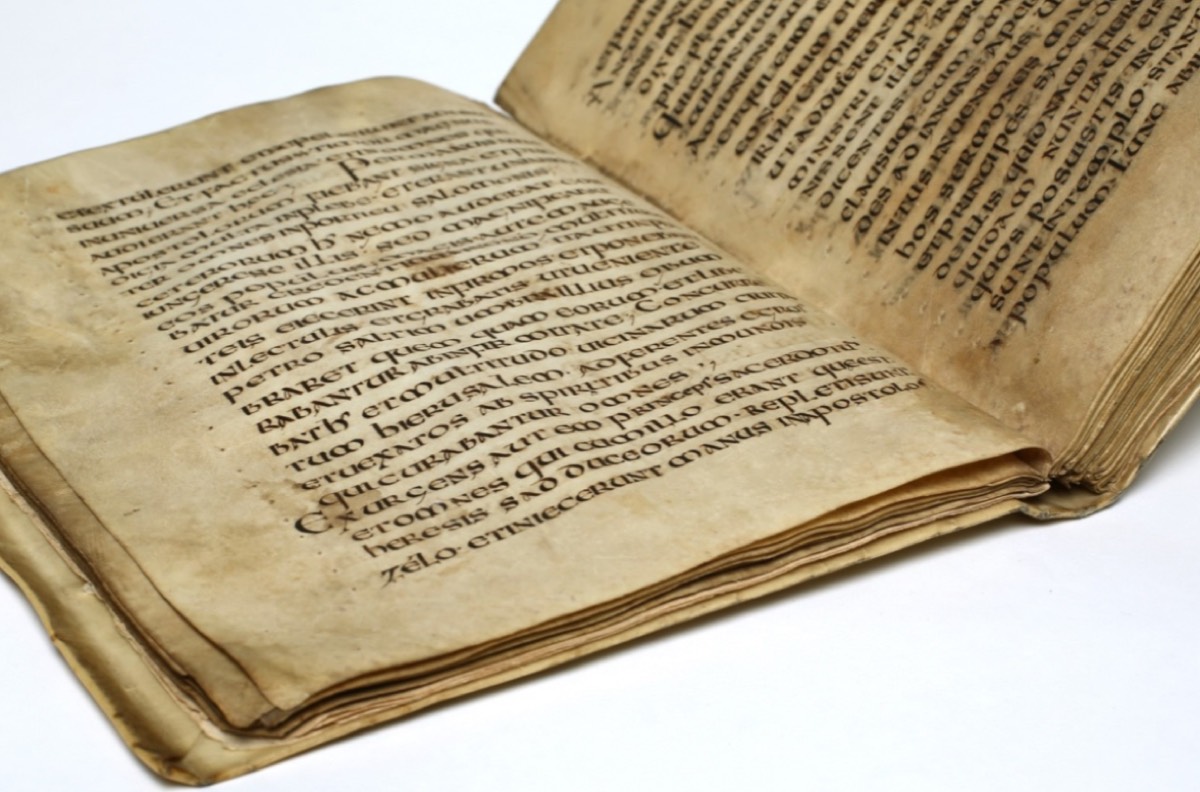
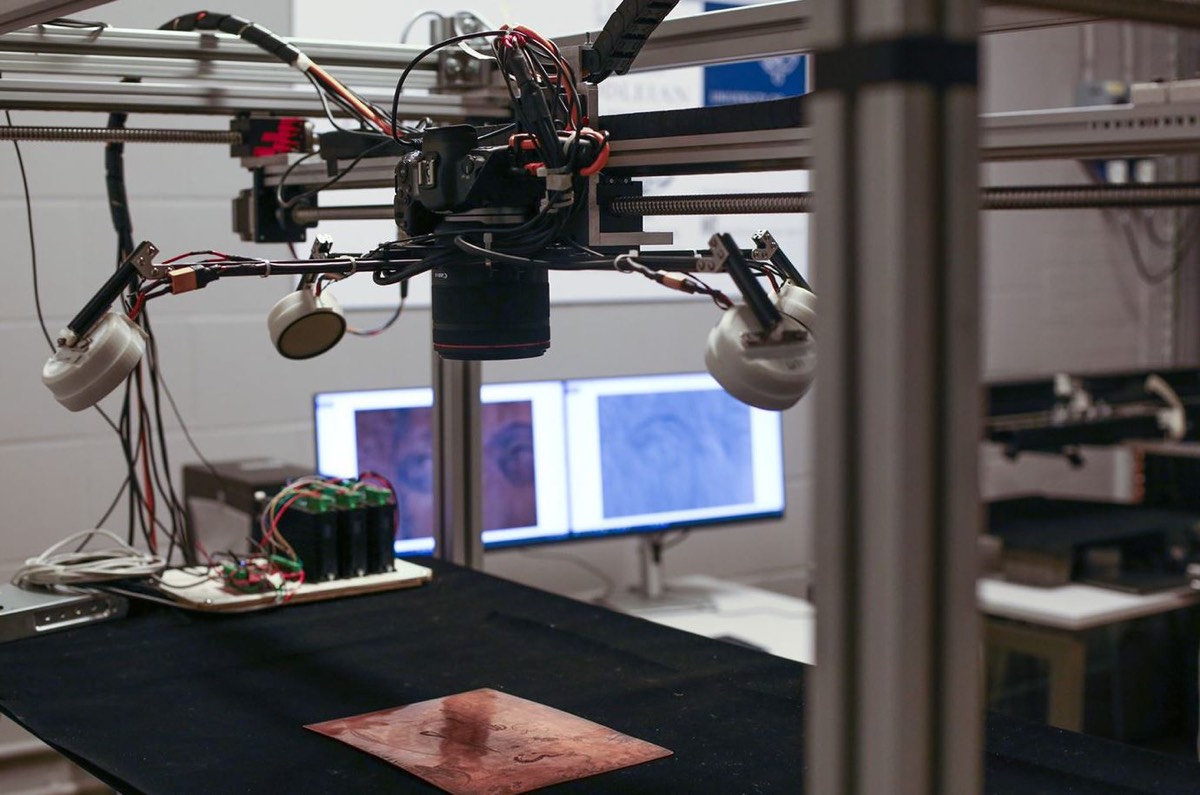
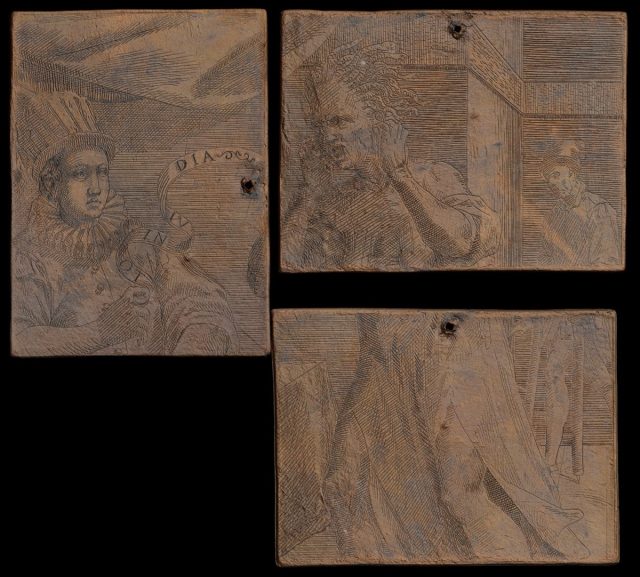
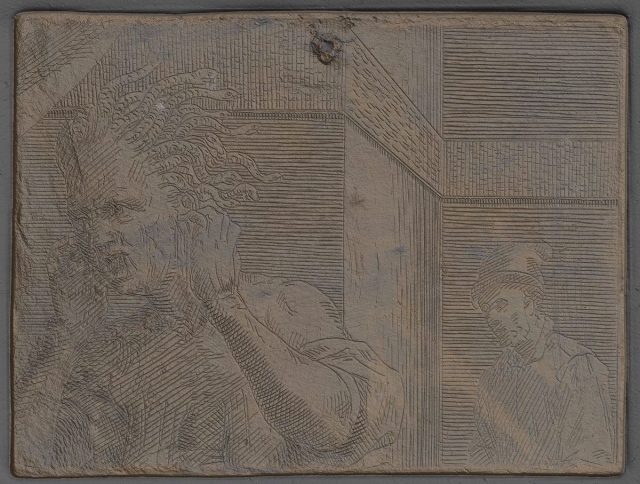
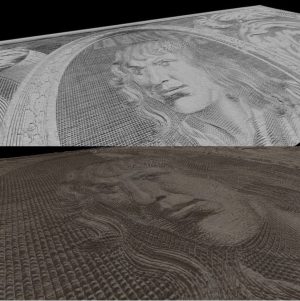
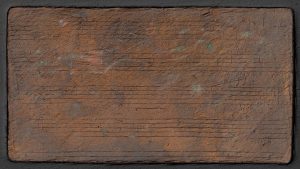
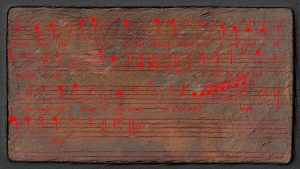
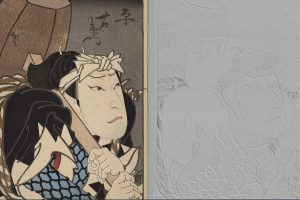
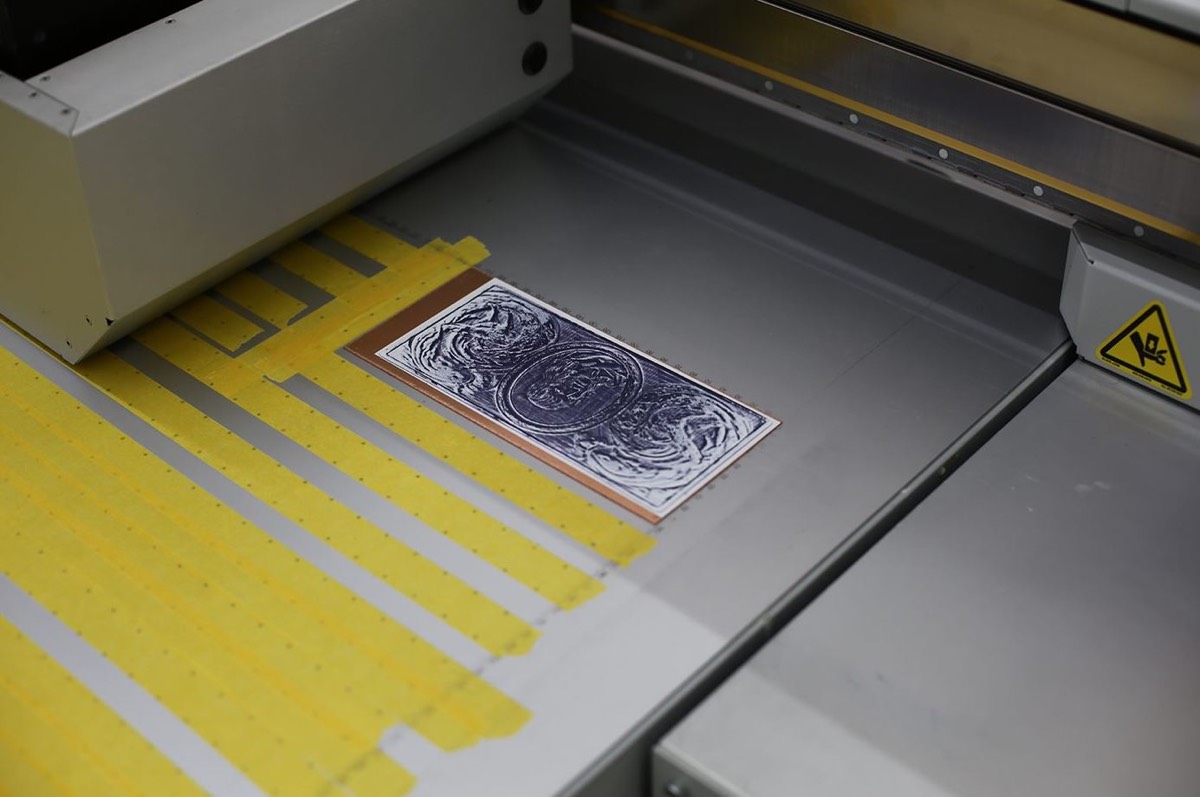
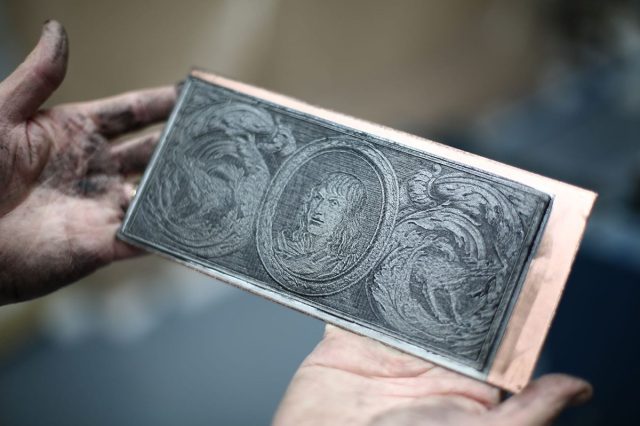
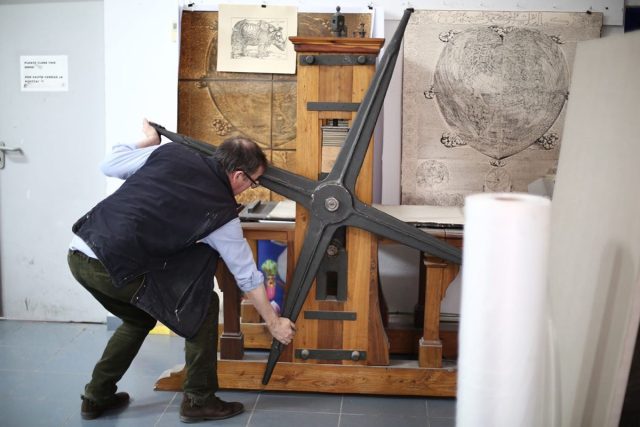
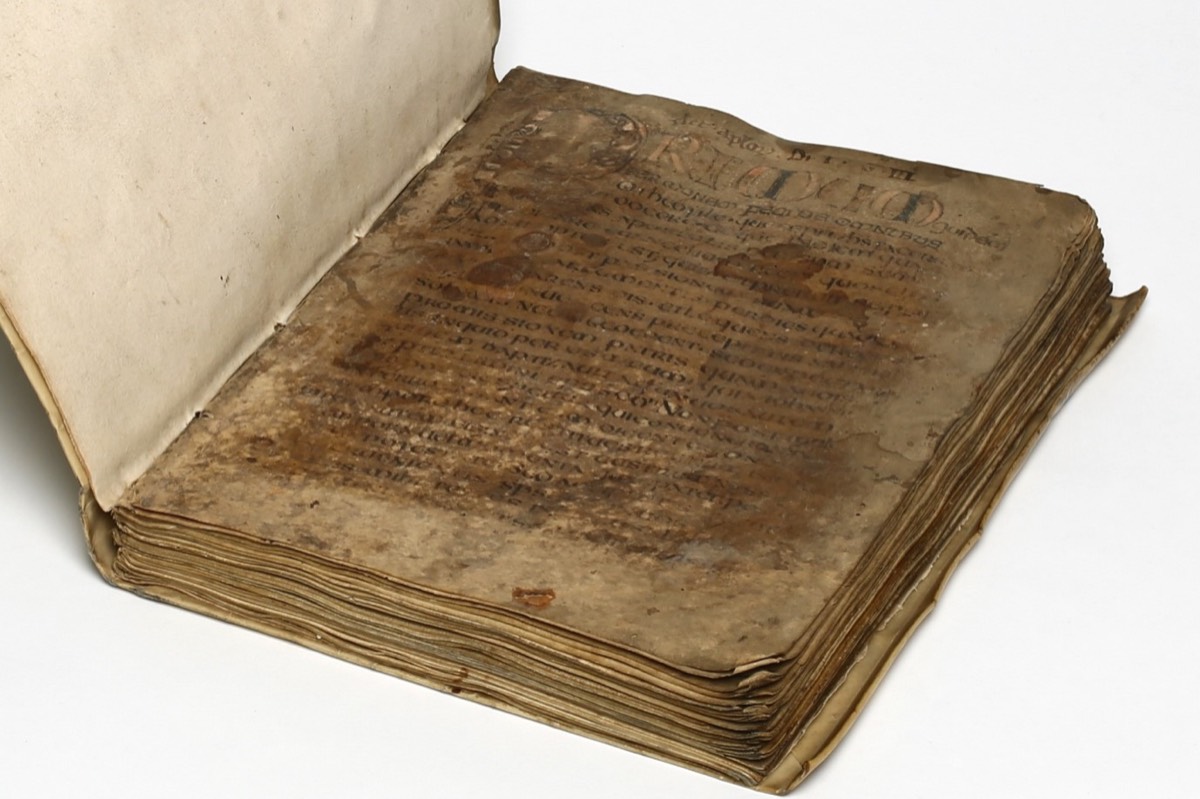
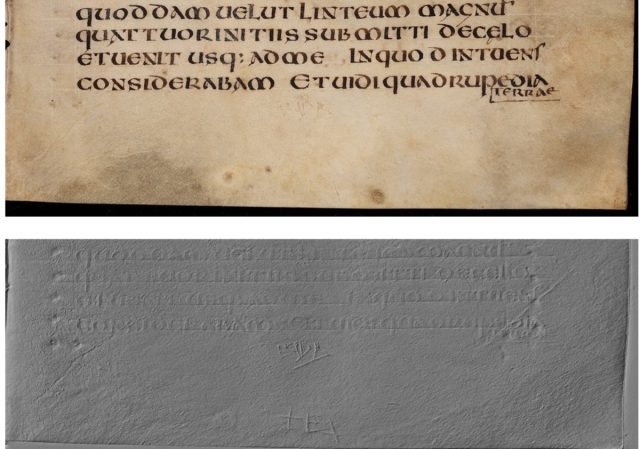
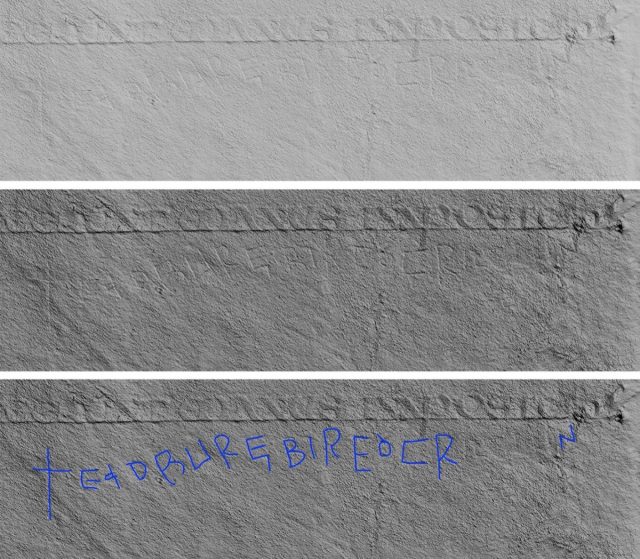
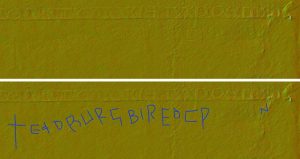
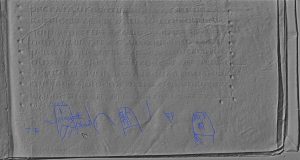
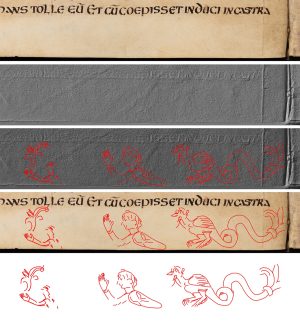
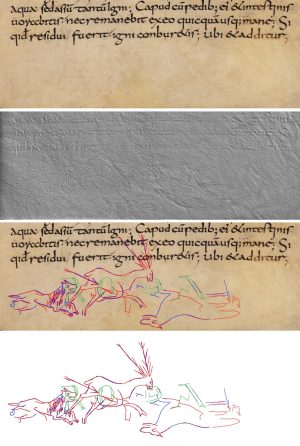
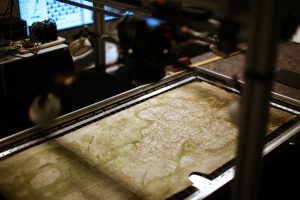
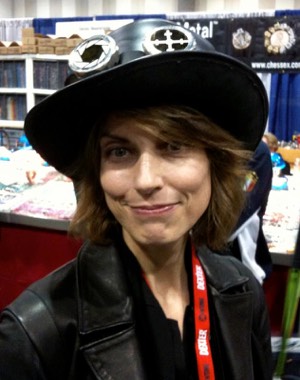
 Loading comments...
Loading comments...
